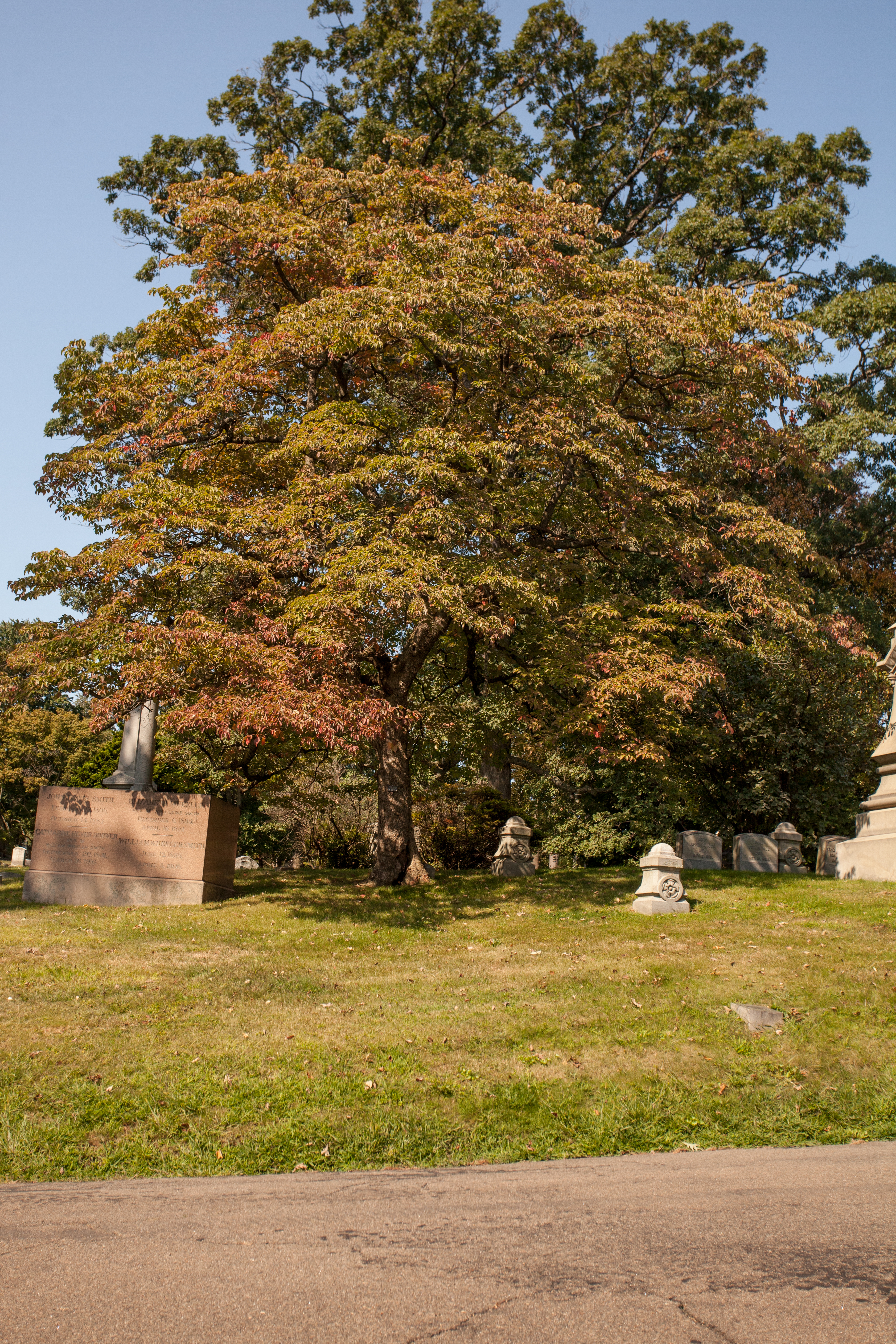CORNUS FLORIDA – DOGWOOD, FLOWERING

Dogwood is a standard tree in many gardens where it is used by the patio for light shade, in the shrub border to add spring and fall color or as a specimen in the lawn or groundcover bed. It can be grown in sun or shade but shaded trees will be less dense, grow more quickly and taller, have poor fall color, and less flowers. Trees prefer shade in the afternoon in the southern end of its range. Plants in full sun are considered more resistant to anthracnose, a lethal disease. This plant is considered mostly allergy free and causes little or no allergy problems in most people.
This is the state tree for Missouri and Virginia.
‘Weavers White’, ‘Williams Red’, ‘Welchs Bay Beauty’ (White bracts), ‘Roberts Pink’, ‘Cloud 9’ (white bracts),
‘Barton’ (white bracts) are some of the few cultivars well suited for the southern portion of dogwood’s hardiness range. In full sun locations in zone 7b/8a the following have performed best: ‘Barton’, ‘Cloud 9’, ‘Fragrant Cloud’, ‘ Ozark Spring’, ‘Welch Bay Beauty’; Among the variegated types, ‘First Lady’ showed better growth and survival than Cherokee SunsetTM and ‘Rainbow’; ‘Cherokee Brave’, ‘Cherokee Chief’, ‘Pink Beauty’ and f. rubra grew fastest among types with pink or red bracts and green foliage. Killing point for young roots of the species is 21 degrees F; for mature roots 10 degrees F.
Flowering Dogwood prefers a deep, rich, well-drained, sandy or loam soil and has a moderately long life. It is not recommended for heavy, wet soils unless it is grown on a raised bed to keep roots on the dry side. The roots will rot in soils without adequate drainage. It is not recommended for planting along streets or in parking lots due to intolerance to hot dry conditions. Established trees tolerate root disturbance poorly. Root prune trees regularly during field production to increase digging survival. If it is too hot, too dry, or too wet, tip necrosis and marginal necrosis appear on the foliage. Many trees died in certain regions of the southeast US in the historic LaNina drought of 1998 through 2000.
At least 86 species of birds devour the fruits. Squirrels, skunks, rabbits and raccoons also like the red berries. Whitetail deer browse on leaves and twigs. Plants serve as butterfly nectar sources and as hosts for butterfly larvae.
Wood is considered diffuse porous meaning that there is little difference in size of pores between spring and summer wood.

